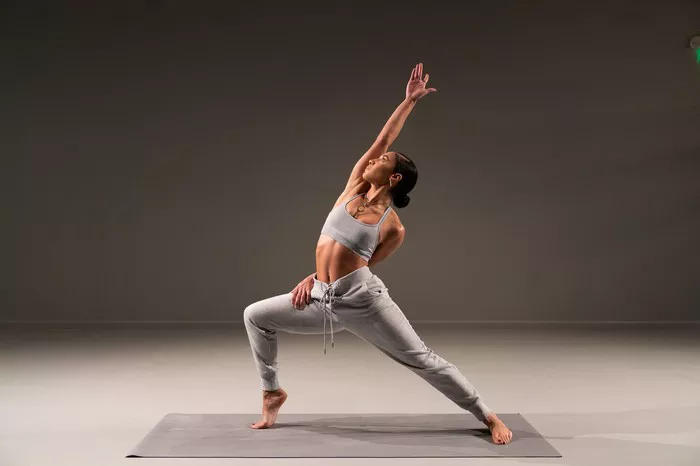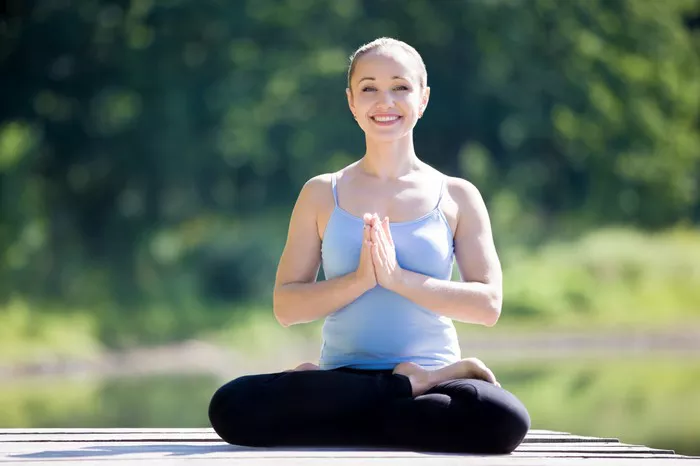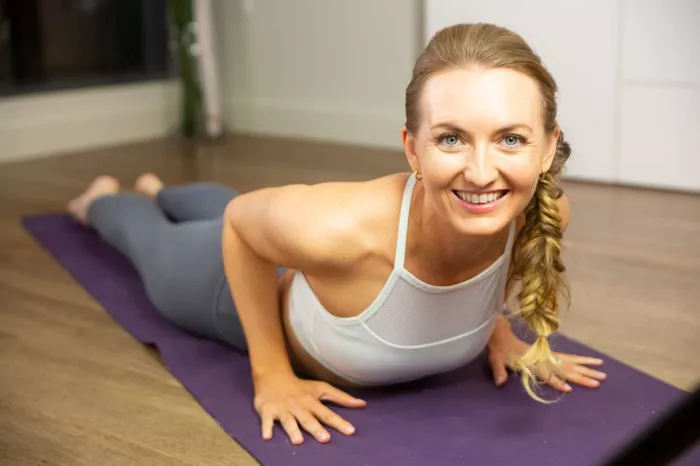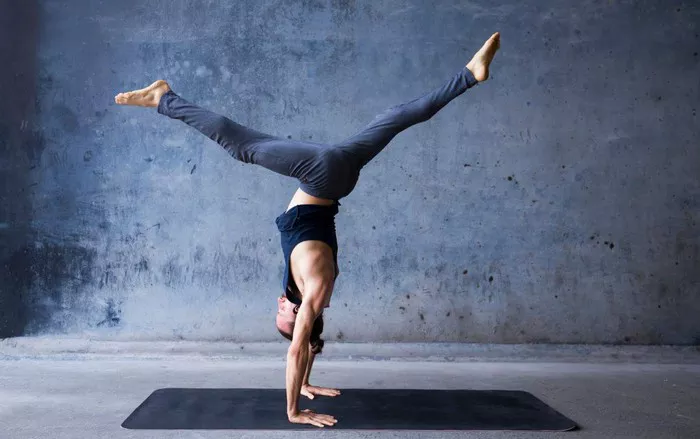Yoga, a practice that has been around for thousands of years, is renowned not only for its physical benefits but also for its profound ability to relax the mind. As we navigate through the complexities and stresses of modern life, more people are turning to yoga as a tool for mental relaxation. However, with so many styles and techniques of yoga, it can be challenging to determine which one is most effective for calming the mind. In this article, we will explore different types of yoga, their benefits for mental relaxation, and which practices are most suitable for relieving stress, promoting mindfulness, and achieving a state of deep mental calm.
The Connection Between Yoga and the Mind
Before we delve into the specifics of different types of yoga, it’s important to understand how yoga can help achieve mental relaxation. The term “yoga” comes from the Sanskrit word yuj, which means to unite or join. Yoga aims to unite the body, mind, and spirit, creating a holistic sense of well-being. Through the practice of physical postures (asanas), breathwork (pranayama), and meditation (dhyana), yoga promotes the balance of the nervous system, the release of tension, and the cultivation of a peaceful mind.
One of the most well-documented effects of yoga on the mind is its ability to reduce stress. Yoga activates the parasympathetic nervous system, which is responsible for the “rest and digest” response. This is the opposite of the “fight or flight” response triggered by stress, helping the body and mind to relax. Regular yoga practice has also been shown to decrease levels of cortisol, the hormone associated with stress, while simultaneously increasing the production of endorphins, the body’s natural mood enhancers.
Additionally, yoga encourages mindfulness—the practice of being fully present in the moment without judgment. Mindfulness helps to reduce the mental chatter and worry that often contribute to stress and anxiety, leading to a clearer, calmer mind.
Types of Yoga for Mind Relaxation
There are various forms of yoga, each with its own unique focus and approach. Some styles of yoga are more physically demanding, while others emphasize mental relaxation and introspection. Here are some of the most popular types of yoga that can help with mind relaxation:
1. Hatha Yoga
Hatha Yoga is one of the most commonly practiced styles of yoga and can be an excellent choice for mental relaxation. The term “Hatha” refers to the practice of physical postures (asanas) and breathwork (pranayama), and it is often seen as the foundation for many other yoga styles.
Hatha Yoga classes typically feature a slower pace and hold postures for longer durations, which allows practitioners to deeply engage with each pose and breathe mindfully. This emphasis on deliberate movement and breath can help release mental tension, reduce anxiety, and foster a sense of inner peace. The slower pace of Hatha Yoga is also accessible for beginners, making it a great entry point for those looking to use yoga for relaxation.
A typical Hatha Yoga session includes a combination of standing, seated, and reclining postures, with a focus on alignment and conscious breathing. The emphasis on breathing, or pranayama, is especially beneficial for calming the nervous system and quieting the mind.
2. Restorative Yoga
Restorative Yoga is a deeply relaxing practice that focuses on using props such as blankets, blocks, and bolsters to support the body in passive poses. Unlike other forms of yoga that focus on physical strength and flexibility, Restorative Yoga is all about surrendering into stillness and allowing the body and mind to relax deeply.
In a Restorative Yoga class, the poses are held for extended periods—often 5 to 20 minutes—giving the body time to relax fully and release tension. This extended stillness, combined with the support of props, allows the body to enter a deep state of relaxation, which in turn calms the mind.
Restorative Yoga is an excellent choice for those who are looking to relieve stress, promote mental clarity, and recover from physical and emotional exhaustion. It is also particularly beneficial for individuals experiencing anxiety, insomnia, or burnout.
3. Yin Yoga
Yin Yoga is a slow-paced style of yoga that targets the deep connective tissues of the body, such as ligaments, joints, and fascia. Like Restorative Yoga, Yin Yoga involves holding postures for long periods—typically 3 to 5 minutes—so the body can soften and release deep-seated tension.
Although Yin Yoga is physically gentle, it requires a great deal of mental focus and presence. The long-held poses offer an opportunity to cultivate mindfulness and connect with the breath, making it an effective practice for mental relaxation. By allowing the mind to settle into the stillness of each posture, practitioners can let go of mental clutter and bring their attention to the present moment.
Yin Yoga is particularly beneficial for individuals who experience a racing mind, anxiety, or restlessness. The meditative quality of the practice encourages a state of calmness and introspection.
4. Vinyasa Yoga
Vinyasa Yoga is a dynamic and flowing practice that connects movement with breath. Unlike Hatha Yoga, which is often more static, Vinyasa involves a continuous flow of poses, with each movement linked to an inhale or exhale. While this style of yoga can be physically challenging, it also has significant mental benefits.
The flow of Vinyasa Yoga requires concentration and presence, as the practitioner must stay in tune with the breath and move mindfully through each posture. This constant movement and focus on the breath help quiet the mind and reduce stress. Vinyasa also encourages a sense of fluidity and ease, which can be incredibly soothing for those dealing with anxiety or mental fatigue.
For people who prefer a more active form of mental relaxation, Vinyasa Yoga can be a great choice. The physical movement serves as a form of active meditation, helping to release mental blockages and promote emotional balance.
5. Kundalini Yoga
Kundalini Yoga is a spiritual practice that focuses on awakening the dormant energy, or “kundalini,” at the base of the spine. The practice involves a combination of breathwork, chanting (mantras), movement, and meditation to raise this energy through the chakras, or energy centers of the body.
Although Kundalini Yoga can be intense and dynamic, it has a powerful effect on mental relaxation. The combination of breath and movement creates a deep sense of awareness and helps release emotional blockages, while the chanting and meditation promote inner calm and clarity. Kundalini Yoga encourages a heightened sense of spiritual connection, and its meditative aspects can help practitioners experience profound mental relaxation.
This form of yoga is particularly beneficial for those seeking a more transformative experience, as it works to release deep-seated emotions and bring greater emotional balance.
6. Yoga Nidra
Yoga Nidra, also known as “yogic sleep,” is a guided meditation practice that induces deep relaxation. While not technically a type of physical yoga, Yoga Nidra is often practiced after a physical yoga session or on its own to help the mind enter a state of profound rest and relaxation.
During a Yoga Nidra session, the practitioner lies in a comfortable position and is guided through a series of visualizations and body scans. This practice helps release mental tension and promotes a sense of stillness and peace. Many people find that Yoga Nidra is highly effective for stress relief, anxiety reduction, and improving sleep quality.
Yoga Nidra is particularly beneficial for those who are looking for a mental reset or those who experience chronic stress, insomnia, or trauma.
7. Pranayama (Breathwork)
While not a form of physical yoga, pranayama (breath control) is a vital aspect of many yoga practices and is incredibly effective for mental relaxation. Pranayama involves various breathing techniques that help regulate the flow of energy (prana) in the body, calm the nervous system, and center the mind.
Some of the most popular pranayama techniques include:
Ujjayi breath: A slow, controlled breath that creates a soothing sound, often used in Vinyasa or Hatha Yoga.
Nadi Shodhana: Alternating nostril breathing, which helps balance the left and right hemispheres of the brain and promotes mental clarity.
Bhramari: A humming breath that helps reduce anxiety and promotes relaxation.
Kapalabhati: A rapid, forceful exhale followed by a passive inhale, used to clear the mind and invigorate the body.
Incorporating pranayama into your yoga practice, or practicing it independently, can help release mental tension, improve concentration, and induce a state of calmness and relaxation.
Conclusion
Whichever type of yoga you choose, the key to unlocking the mental relaxation benefits of yoga is consistency. Regular practice, combined with mindfulness and breath awareness, will help create a peaceful state of mind, reduce stress, and promote overall well-being. Yoga is not just an exercise—it’s a lifestyle that can bring balance, calmness, and clarity to your life, one breath at a time.
Related Topics:
























